The groundbreaking Titanic scan that may unlock the secrets of her sinking
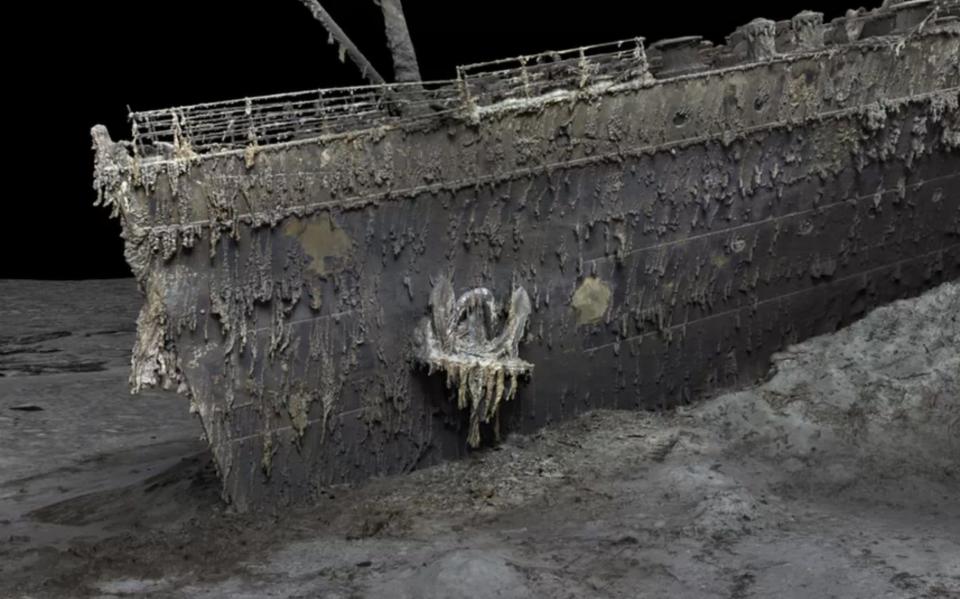
For 100 years, the Titanic has lain frozen in time on the bottom of the Atlantic Ocean, its wreckage cloaked in pitch black water clouded with mud that has obscured much of its detail.
But no longer, as the largest underwater three-dimensional scan in history may be about to unlock the secrets of how the Titanic sank, including the exact point where it struck an iceberg.
The rusted wreck's secrets have been revealed in detail like never before as it lies 3,800m (12,500ft) beneath the Atlantic Ocean's surface, 400 miles from south of Newfoundland, Canada.
Experts will be able to see the ship unobscured by water and zoom into different parts, raising hopes that many unanswered questions will now be addressed as to why the ship hit an iceberg between Southampton and New York, killing 1,500 people in April 1912.
Divers and research teams have explored the Titanic on numerous occasions since it was discovered in 1985, but a lack of visibility has meant cameras have only shown small parts of it.
Shoes and champagne bottles
Now, using more than 700,000 images from every angle, covering every millimetre of the structure, an exact 3D reconstruction, called a "digital twin", has been created by a team of research scientists who are experts in geotechnical surveys and deep water exploration.
It shows how the bow has been remarkably preserved by the ice-cold water, while the stern, which lies 800m (2,600ft) away on the seabed, collapsed as it was driven into the mud.
Dozens of shoes, unopened champagne bottles, statues and other ornaments are still scattered around the ship in a three-mile long debris field. Even the serial number on one of the propellers is still visible.
Magellan Ltd, a deep-sea mapping company, produced the scan with Atlantic Productions who are making a 4k-quality video documentary about it, using submersibles which studied the ship for 200 hours under the remote control of experts on a scientific ship above.
The team had to battle the elements of the Atlantic to gather the data, using submersibles named Romeo and Juliet that captured a third-person view to map the site while not disturbing the wreckage.
Richard Parkinson, Magellan's founder, said the results were "astonishing".
"Over the course of the Titanic project the volume of data that we acquired was enormous - around 715,000 images and some 16 terabytes of data.
"We believe that this data is approximately ten times larger than any underwater 3D model that's ever been attempted before."
Gerhard Seiffert, a 3D imaging specialist, said: "What we've created is a highly accurate photorealistic 3D model of the wreck. Previously footage has only allowed you to see one small area of the wreck at a time.
"This model will allow people to zoom out and to look at the entire thing for the first time. So, by capturing this 3D model, what we're able to do is visualize the wreck in a completely new way, there's all kinds of amazing small little details that you can see. This is the Titanic as no one had ever seen it before."
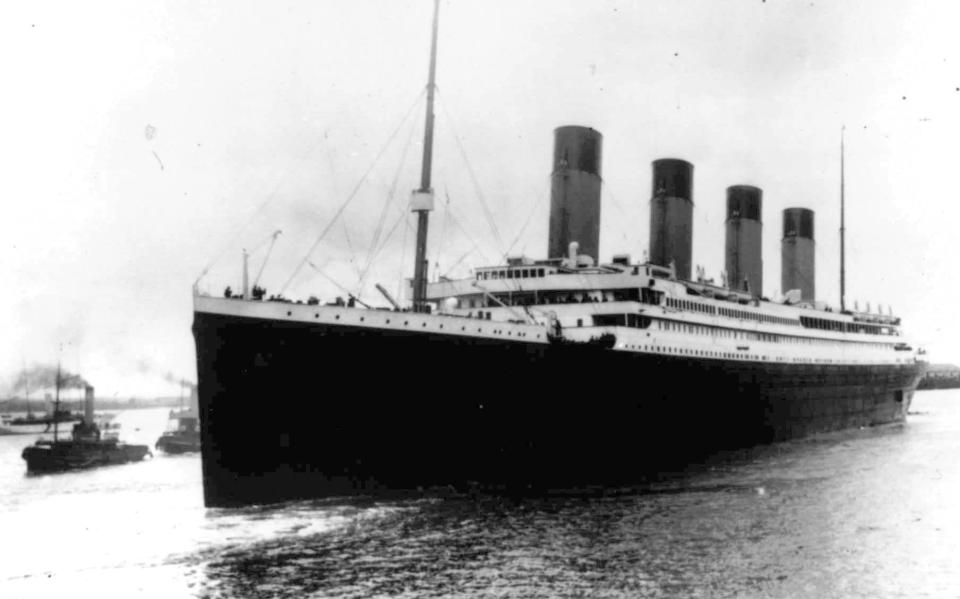
Parks Stephenson, an expert who has been researching the Titanic for twenty years, said it was "a true game changer" that may shed light on what really happened in the disaster, including where the ice struck.
"I'm seeing details that none of us have ever seen before and this allows me to build upon everything that we have learned to date and see the wreck in a new light," he said.
"We've got actual data that engineers can take to examine the true mechanics behind the breakup and the sinking and thereby get even closer to the true story of the Titanic disaster. For the next generation of Titanic exploration, research and analysis, this is the beginning of a new chapter.”
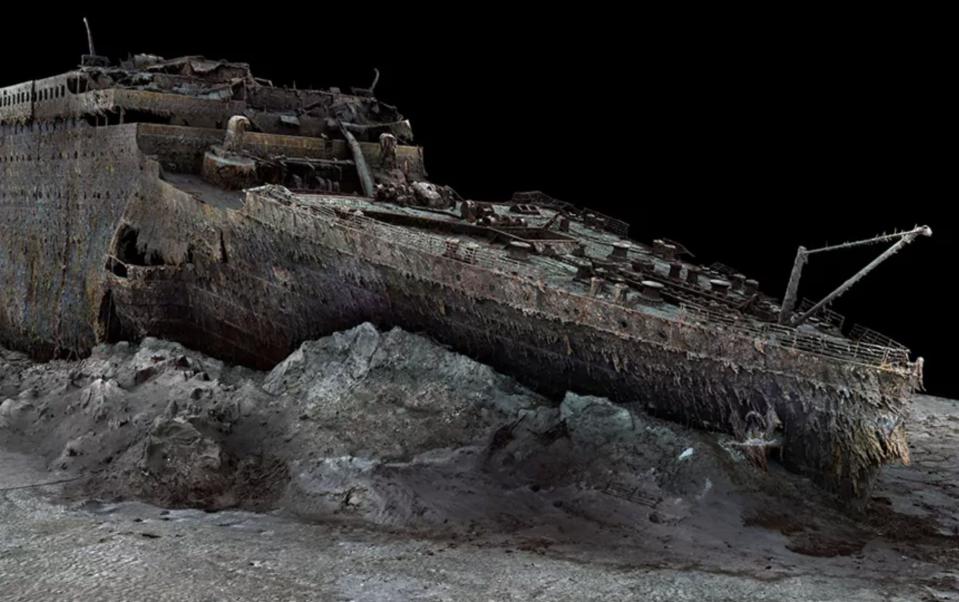
In pictures: 3D scan reveals Titanic secrets
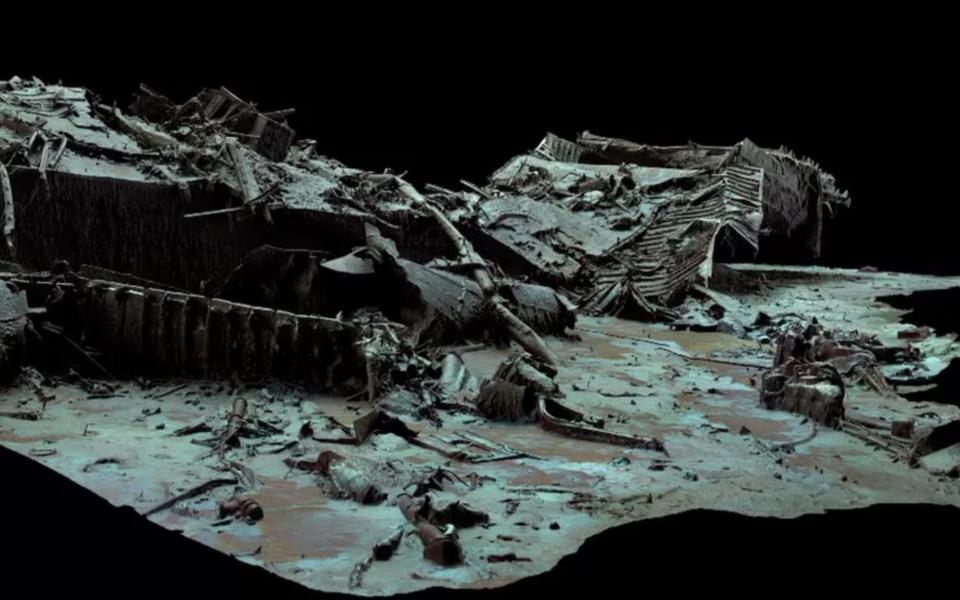
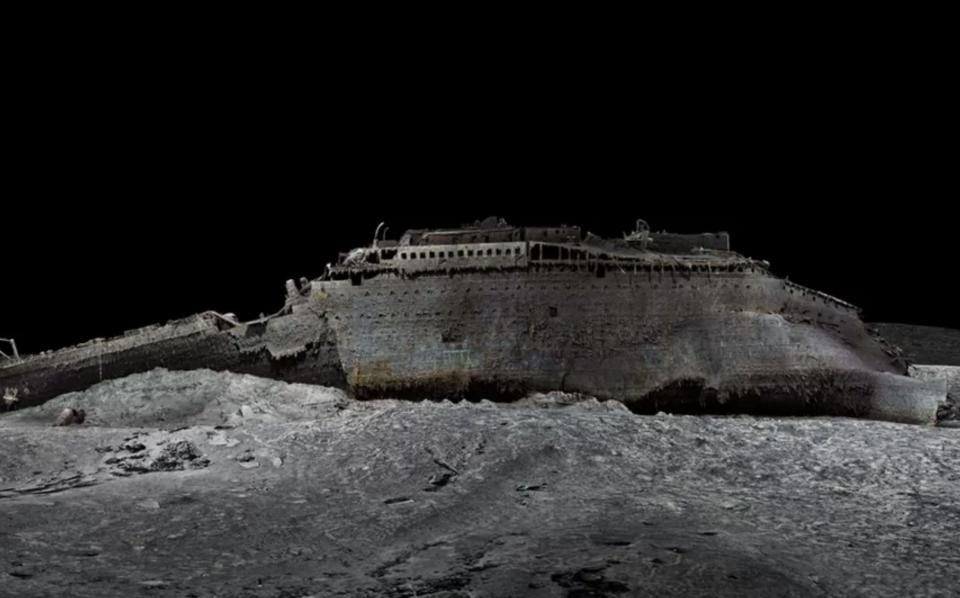
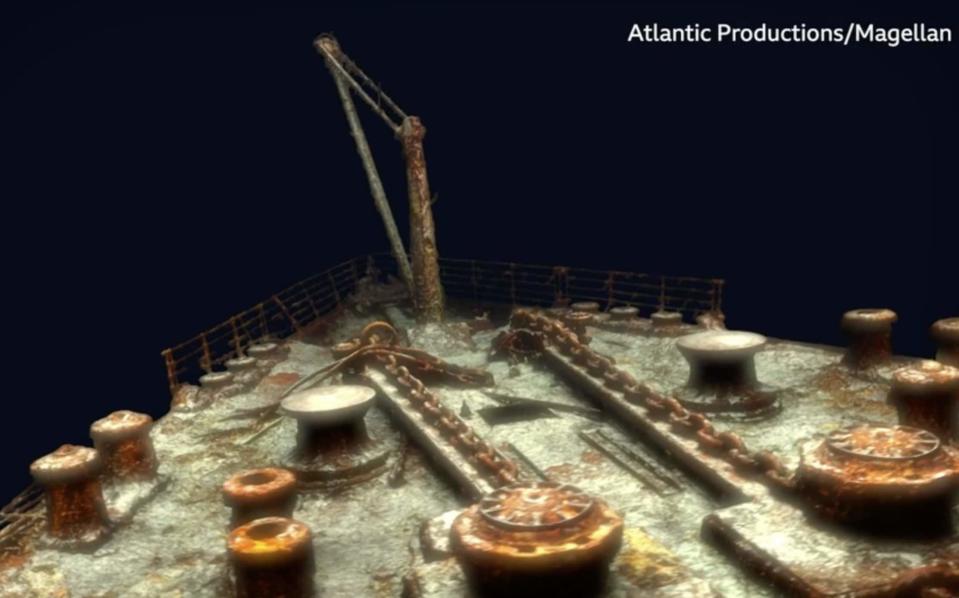
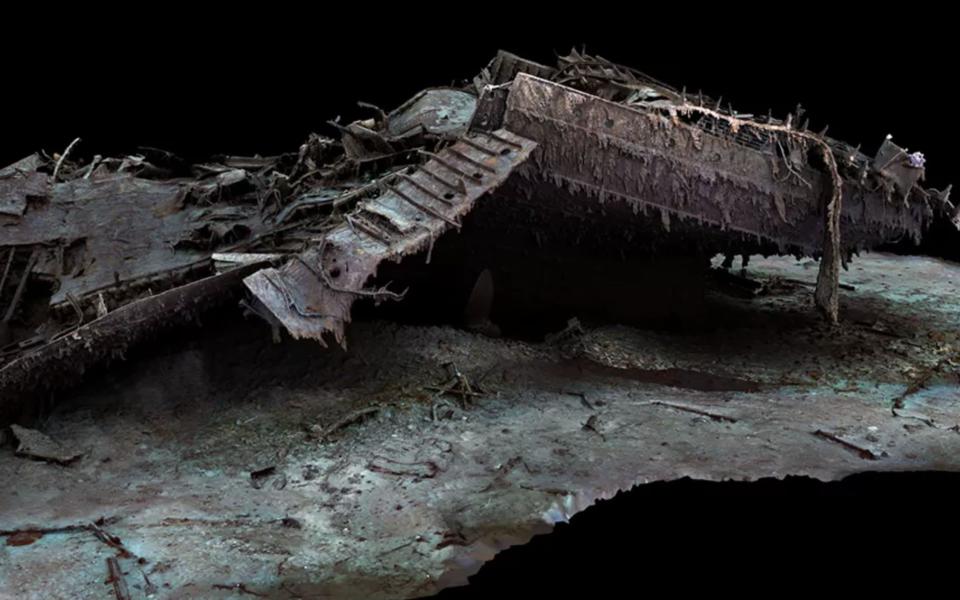
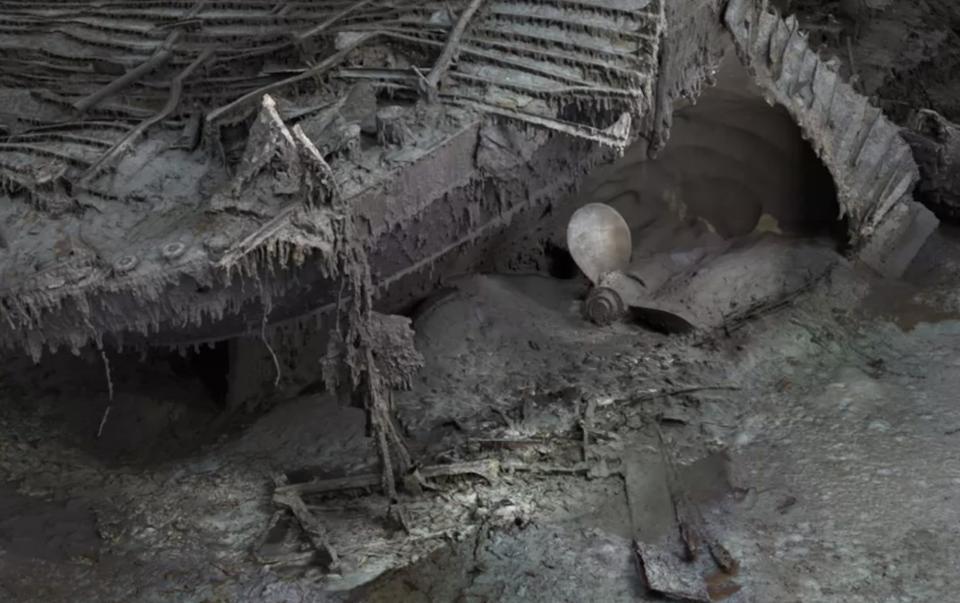
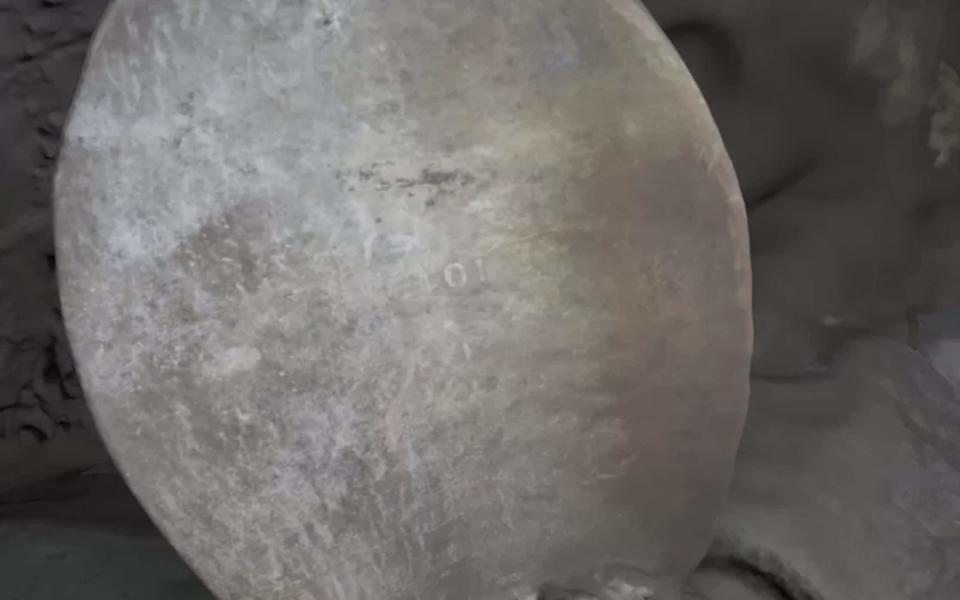
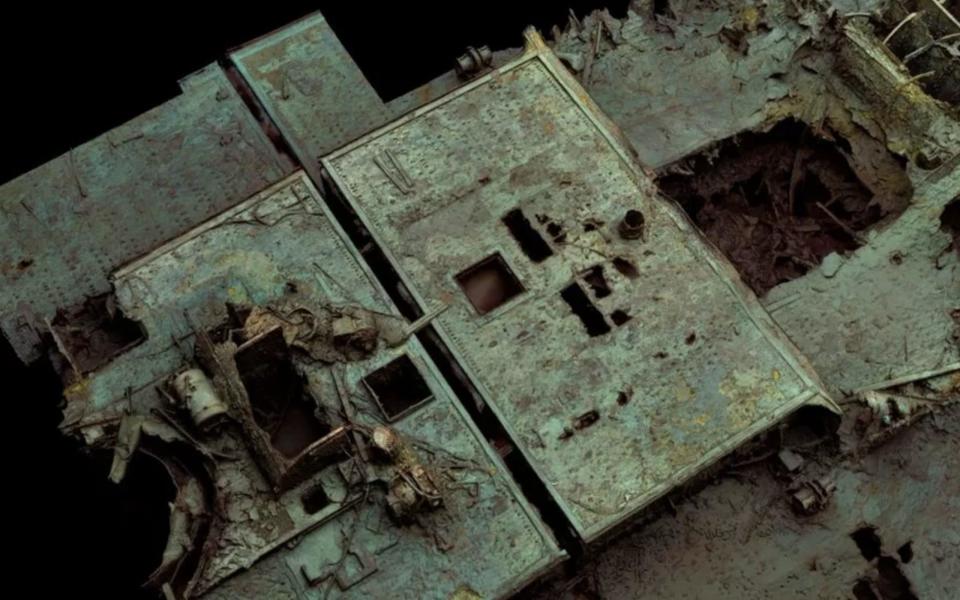

 Yahoo Autos
Yahoo Autos 